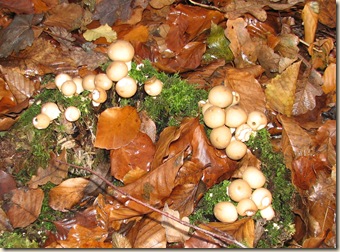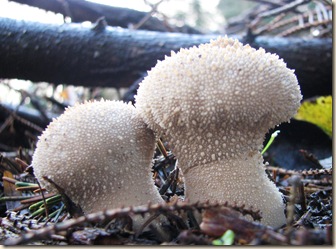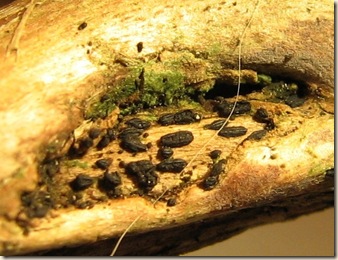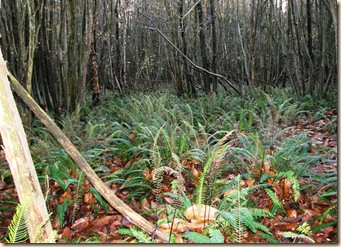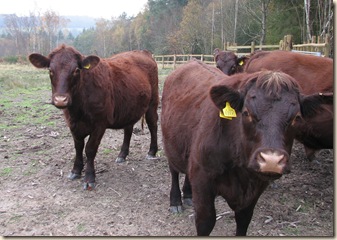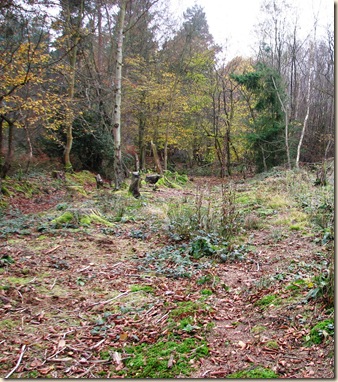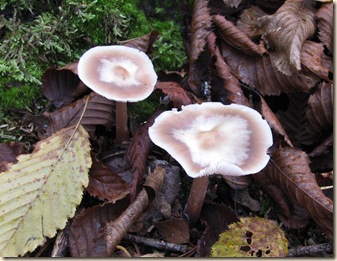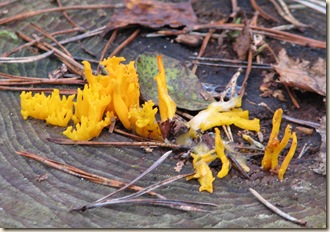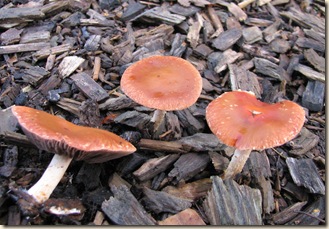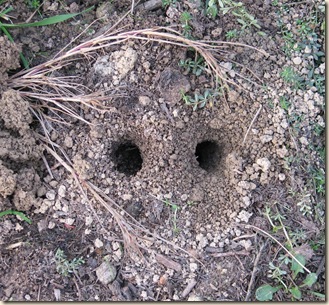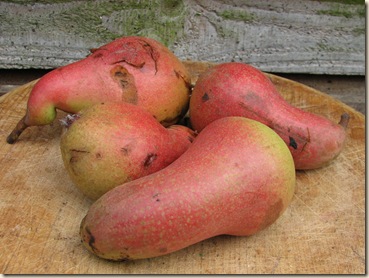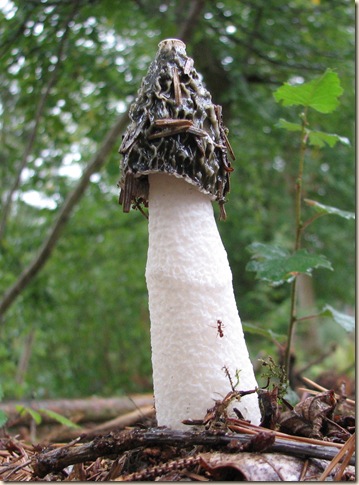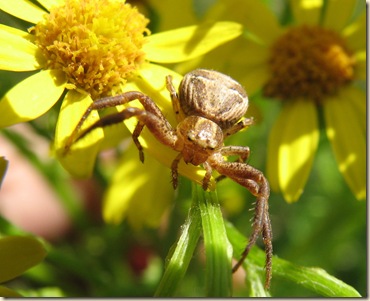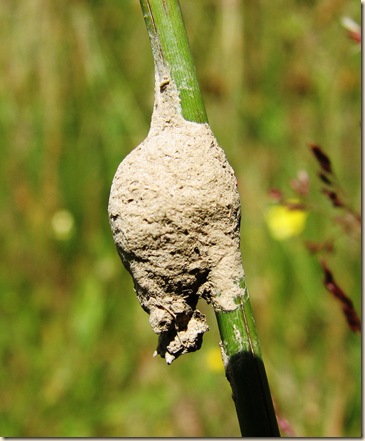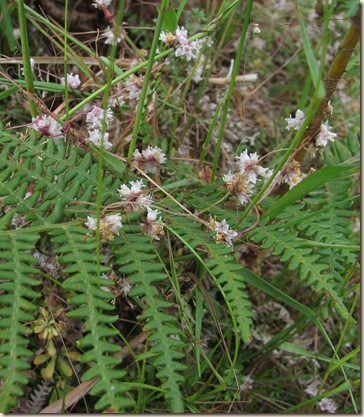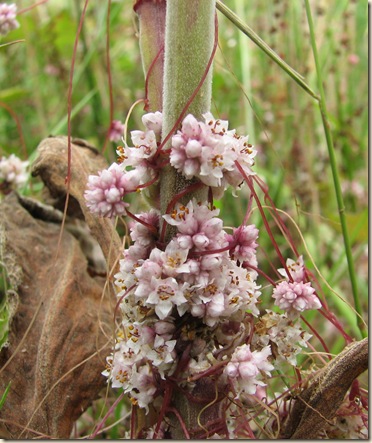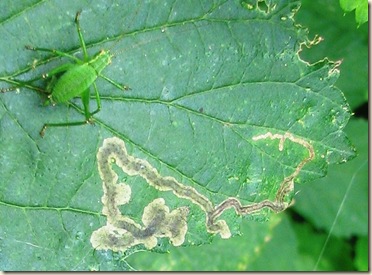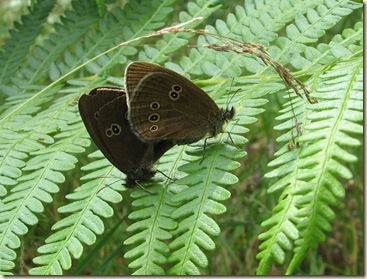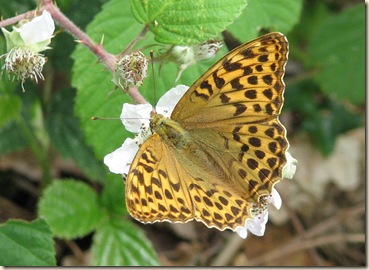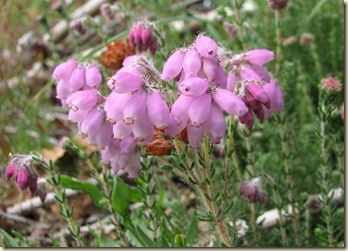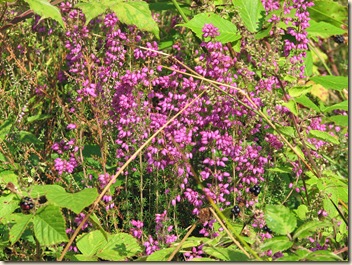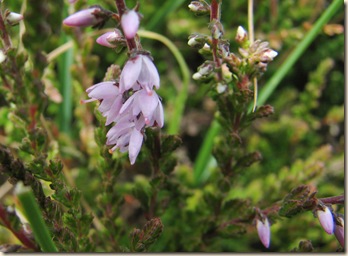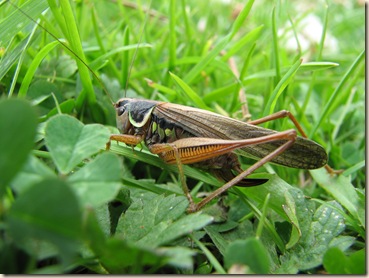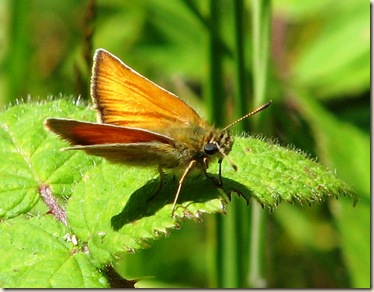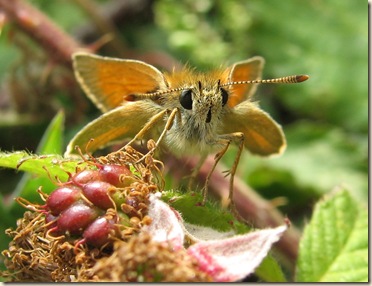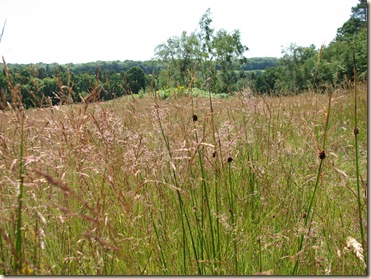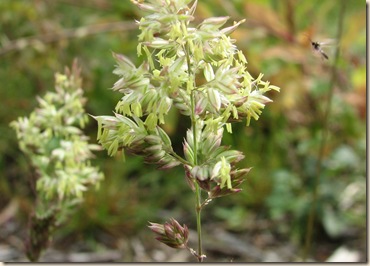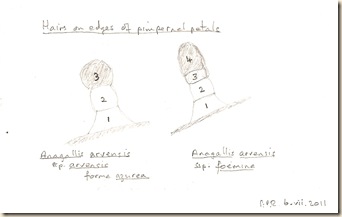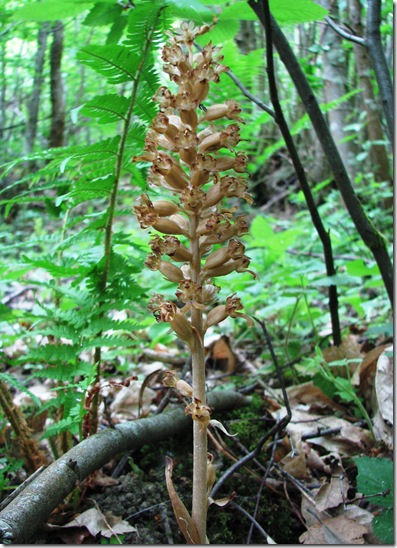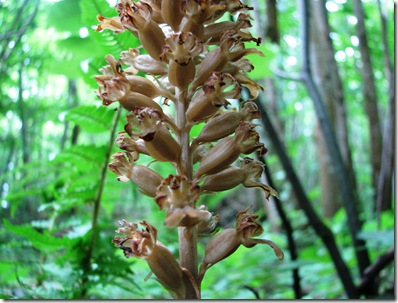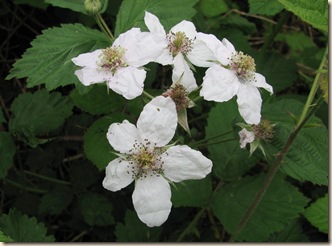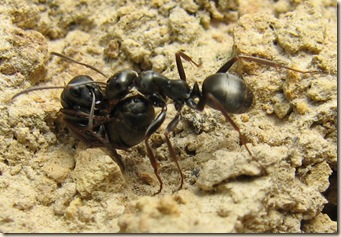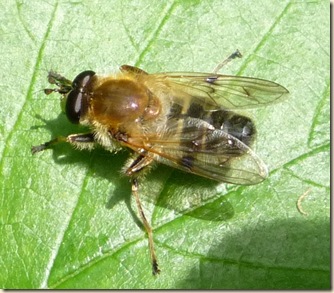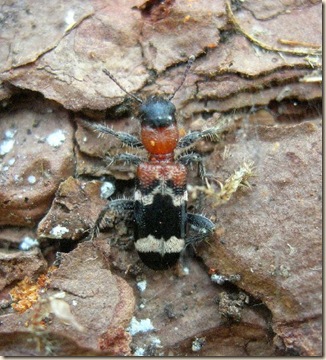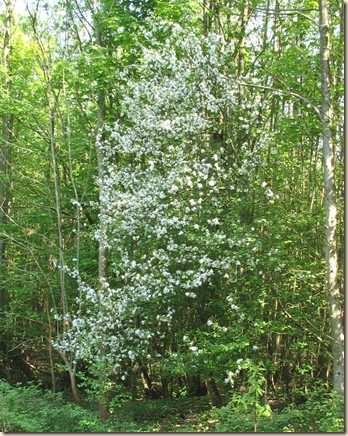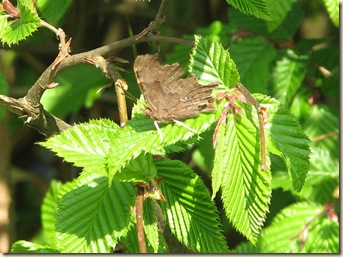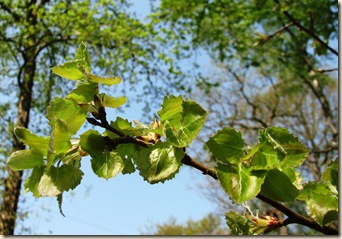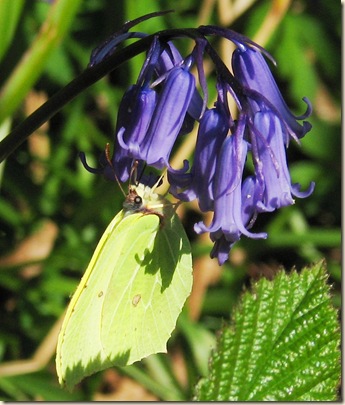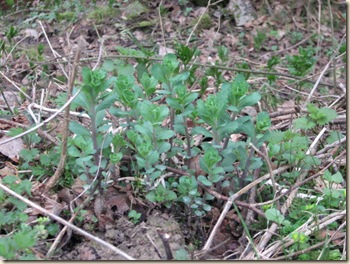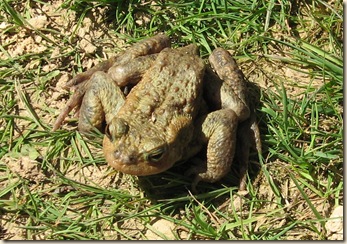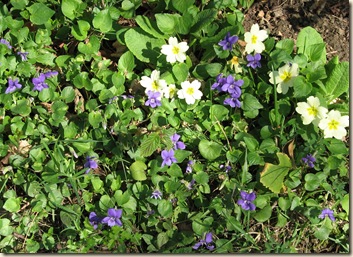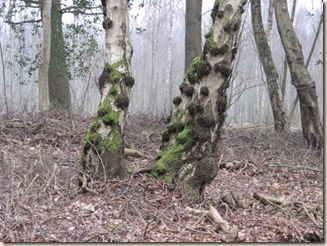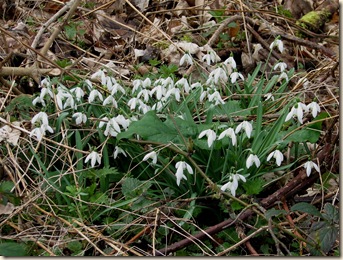The mild, and now damp, weather is extending the fungus season.
Today in Greenden Wood we found a fine clump of the stump puffball (Lycoperdon pyriforme) growing, believe it or not, on an old stump. These fruit bodies are good to eat so long as they are still white inside, but we left them where they were.
A larger member of the same genus, the common puffball (Lycoperdon perlatum) was found in several places. It is also good to eat and one source says it used to be used as a painkiller in dentistry, but I can find no further information on that.
On a rather smaller scale were some tiny black rat's dirt fungal fruiting bodies (hysterothecia) growing on the wood of a honeysuckle twig.
The twig was lying on the ground and the tiny microfungi were confined to a small area where the bark had exposed the wood underneath. They turned out to be Hysterobrevium mori, not previously recorded from East Sussex.
Identifying things like this is not easy. In this case I was able to get close by looking at pictures in a book on microfungi. However, since there were several rather similar species it was necessary to crush a few of them up to get the ascospores out then examine them under a high powered microscope.
Fiddly though this may be, it is always gratifying when one gets a good fit and a new name. The specific name 'mori' means 'of the mulberry' as in the scientific name of the silkworm, Bombyx mori, whose caterpillars eat mulberry leaves. Maybe this fungus was first found on mulberry wood, but I fancy the name is because the ascospores look rather like mulberries.
Greenden Wood retains its wonderful stands of hard fern (Blechnum spicant) where the chestnut coppice is dying back and letting in more light. Below is a fine display of the spore bearing fronds.
I have not come across any special uses for this fern in the UK, but among the indigenous people of western Canada it has a reputation for curing internal cancers and giving relief to skin sores. These people say that deer rub the antler stubs on these plants when their antlers break off.
